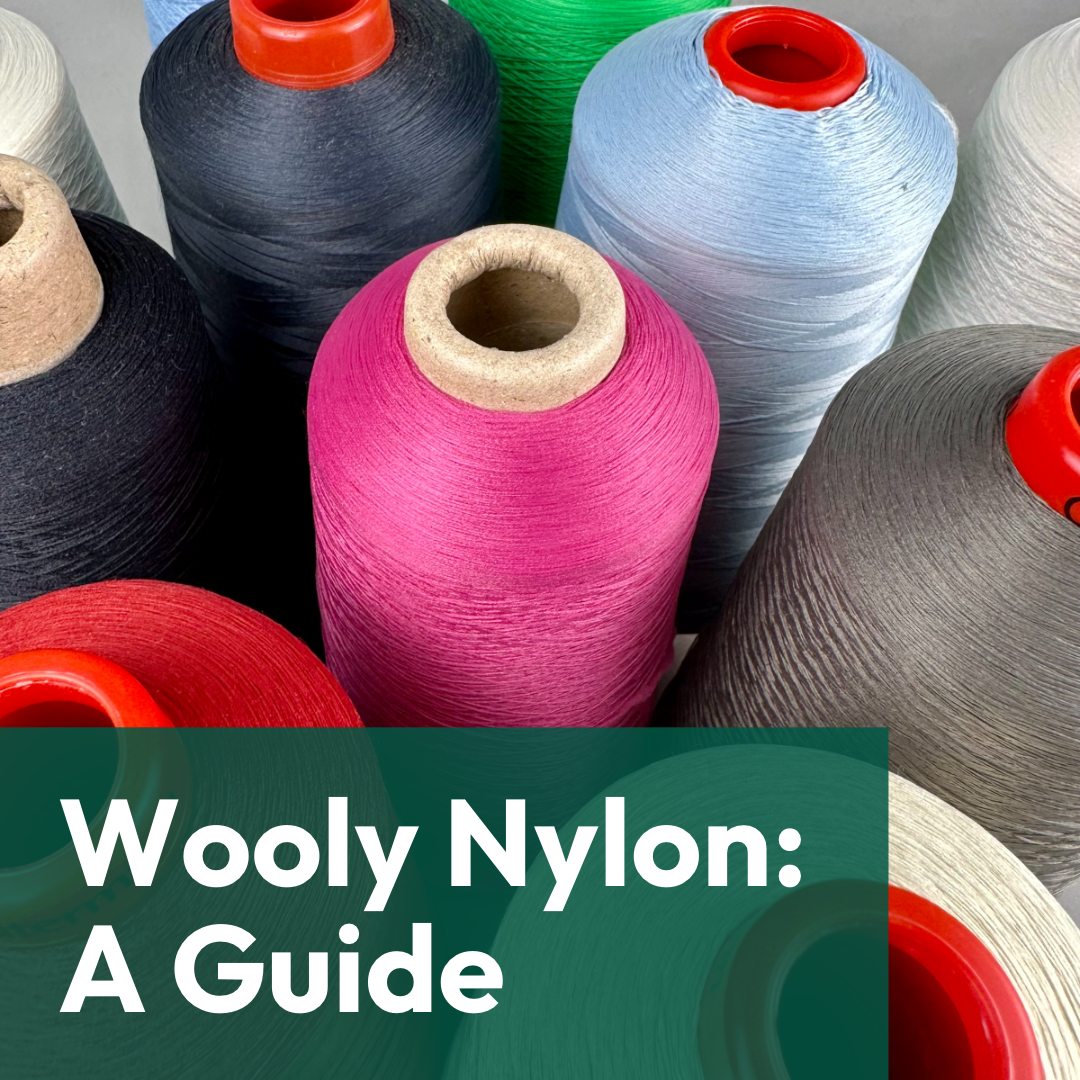10 Top Tips for Sewing with Lining Fabrics

From skirts and shorts to dresses, jackets and coats, linings are a great way to finish off the inside of your garment neatly, make it easier to put on and take off, or simply make an outer fabric more comfortable to wear.
But sewing with these slippery fabrics can cause headaches! We share our top ten tips for sewing with lining fabrics:
-
Choose the Right Lining Fabric: Select a lining fabric that complements your main fabric in terms of weight, drape, and color. Common lining fabrics include silk, polyester, rayon, and acetate. Make sure the lining fabric is suitable for the intended use of the garment. Check out our lining collection to find the perfect match for your project.
-
Pre-Wash or Pre-Treat the Lining Fabric: It's a good practice to pre-wash or pre-treat the lining fabric before sewing to account for any potential shrinkage.
-
Use a Sharp Needle: When sewing with lining fabric, it's important to use a sharp needle. A fresh needle will ensure clean and precise stitching without damaging the delicate fabric.
-
Pin and Cut with Precision: Pin the lining fabric carefully to the pattern pieces and cut accurately. Since lining fabric is usually slippery, using pattern weights or a fabric stabilizer can help keep everything in place during cutting. A rotary cutter can be particularly helpful for cutting linings.
-
Reduce Fraying: Lining fabrics tend to fray easily. To minimize fraying, consider using pinking shears, applying a fabric fray inhibitor, or using a serger/overlocker to finish the raw edges.
-
Use a Lightweight Thread: Opt for a lightweight thread when sewing with lining fabric. A fine polyester or silk thread will help prevent bulkiness and ensure smooth seams.
-
Take Extra Care with Pressing: Test the iron temperature on a scrap piece of lining fabric before pressing. Some lining fabrics are heat-sensitive and can melt or scorch. Use a pressing cloth or press from the wrong side to avoid any damage.
-
Trim Seam Allowances: To reduce bulk, trim the seam allowances in the lining fabric. However, be cautious not to cut too close to the stitching, as it may weaken the seams.
-
Understitching for a Neat Finish: Understitching is a technique where the lining is stitched close to the seam allowances, helping the lining fabric to stay in place and not peek out. It also gives a clean and professional finish.
-
Test and Adjust: Before sewing the actual garment, it's always a good idea to make a test garment or sew a small sample to ensure the fit and construction techniques work well with the lining fabric.
Are you ready to get sewing with lining fabrics?




Leave a comment
This site is protected by hCaptcha and the hCaptcha Privacy Policy and Terms of Service apply.